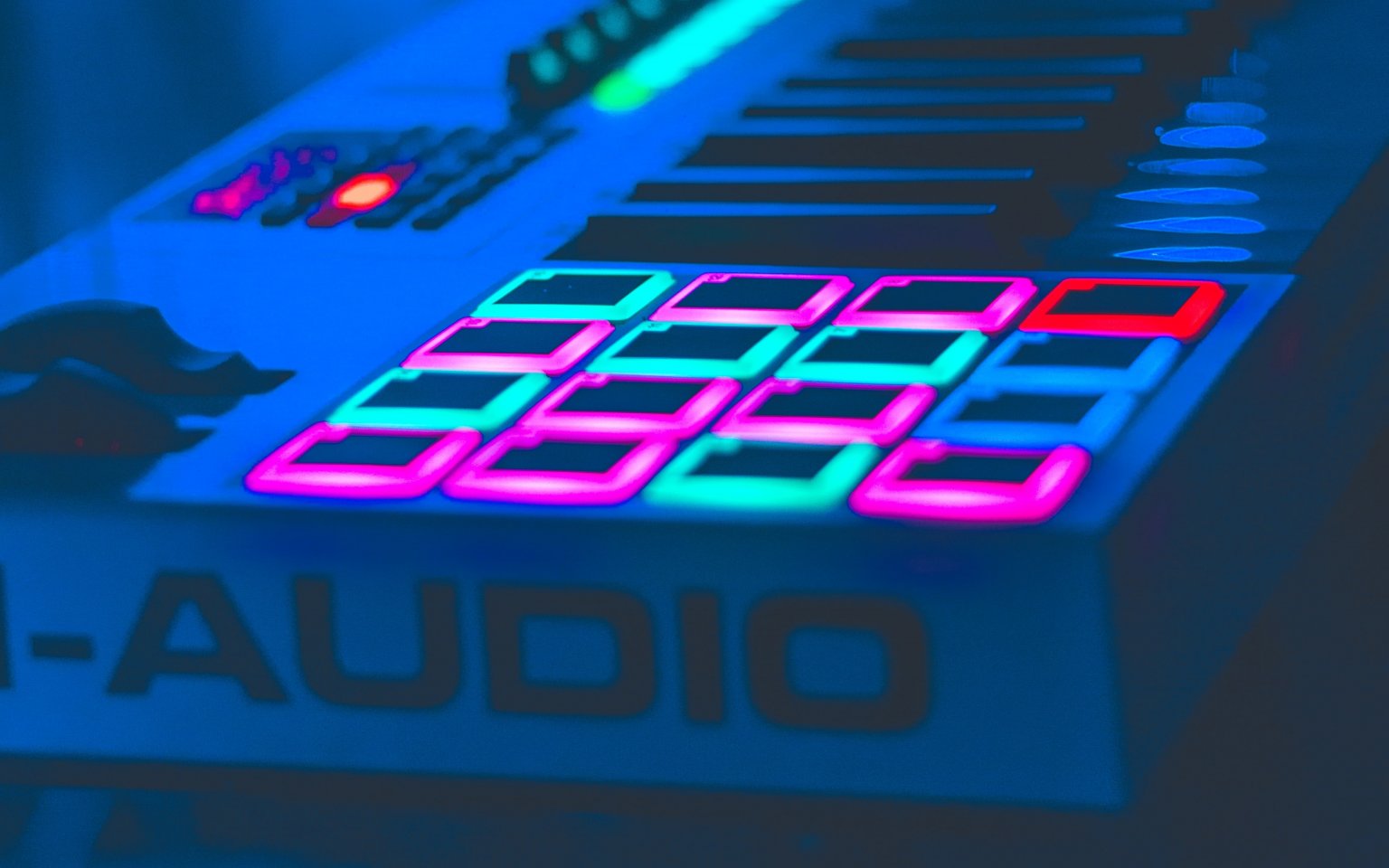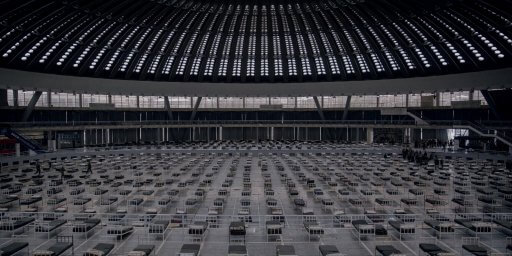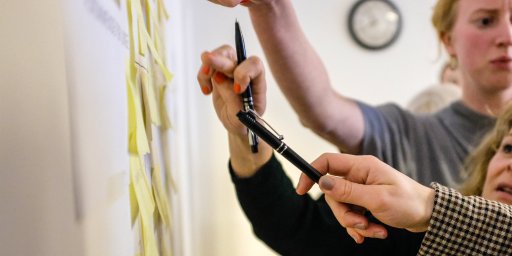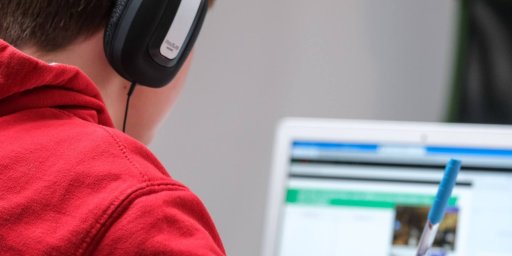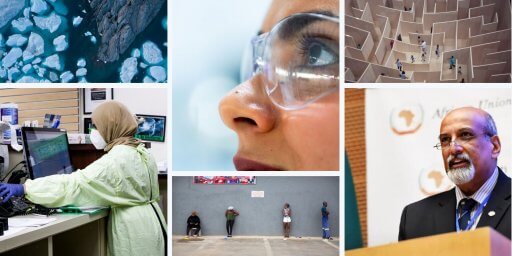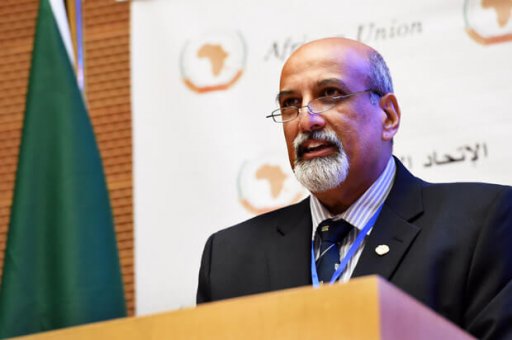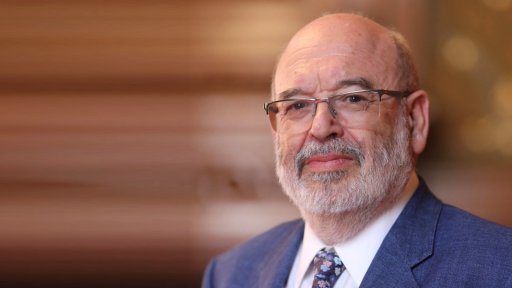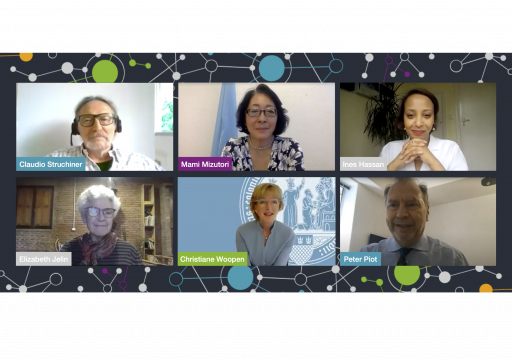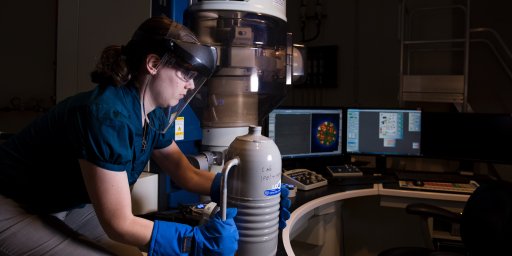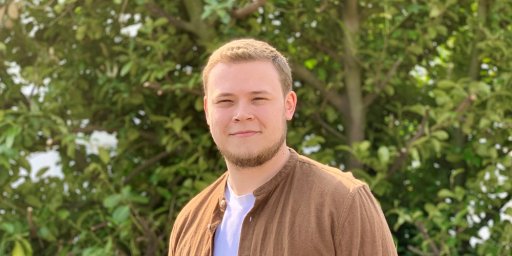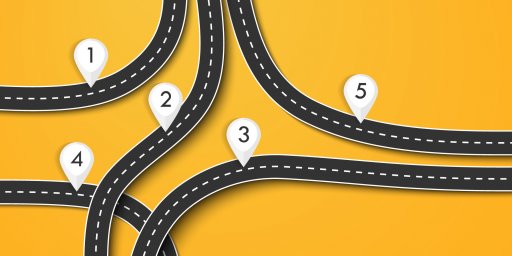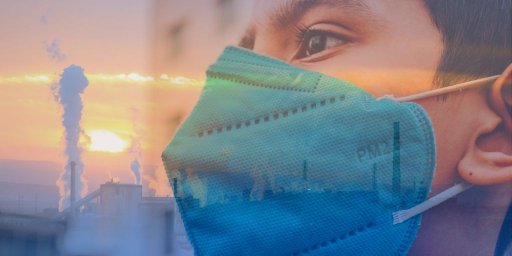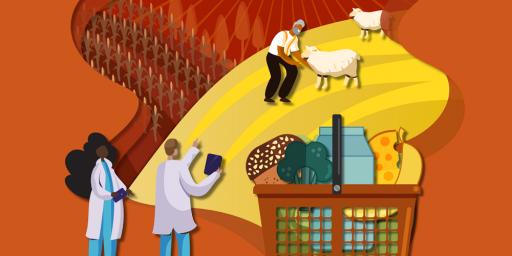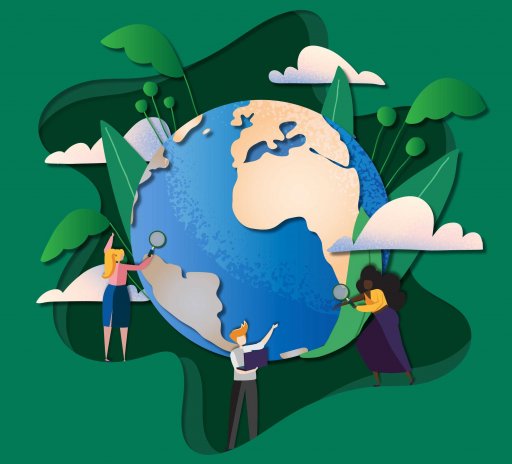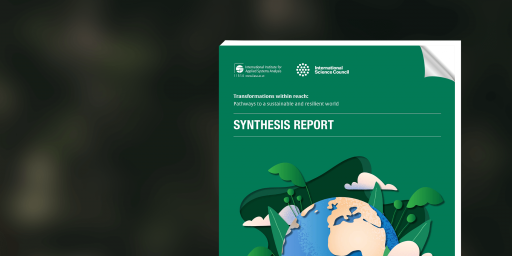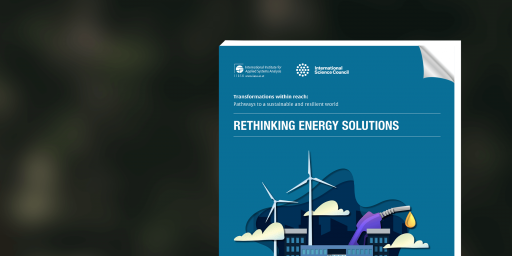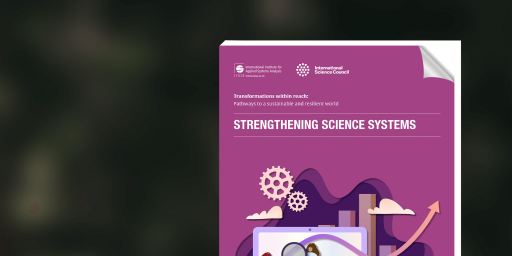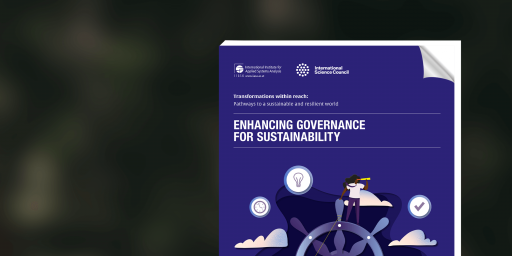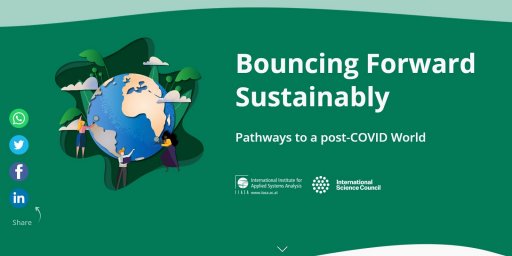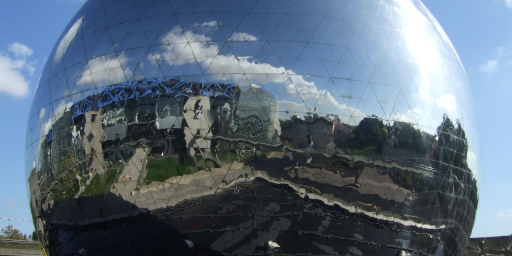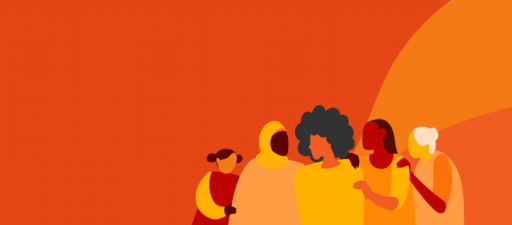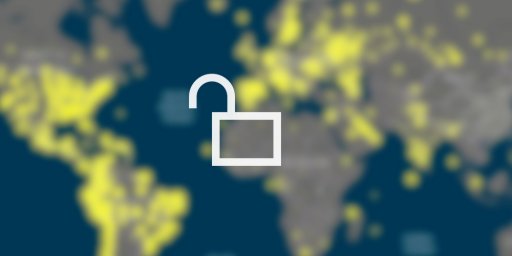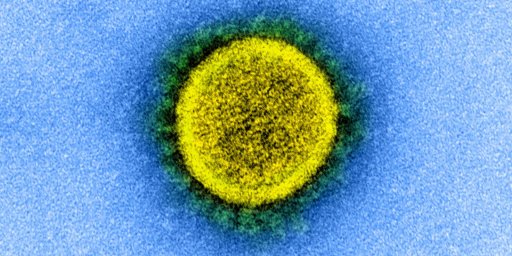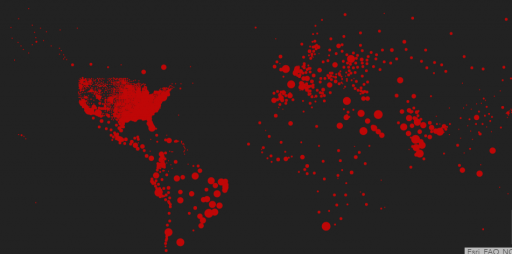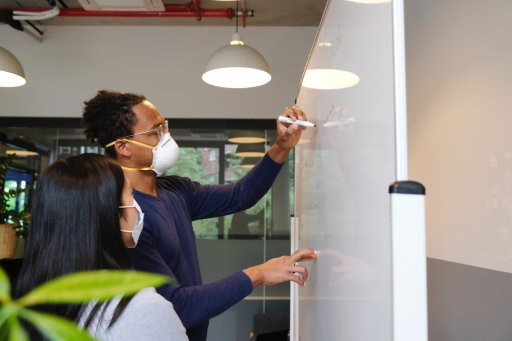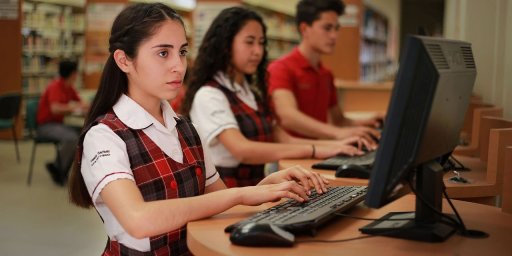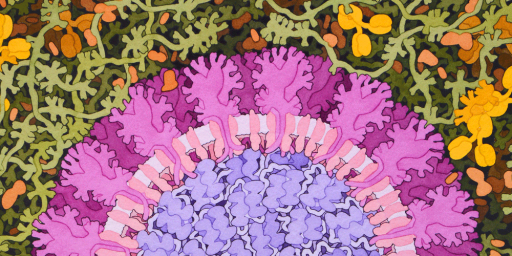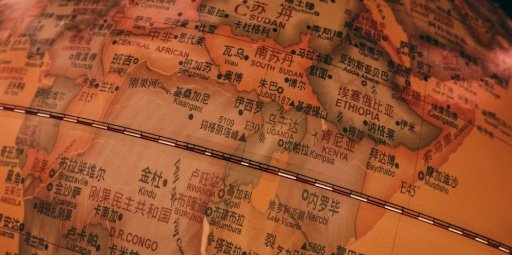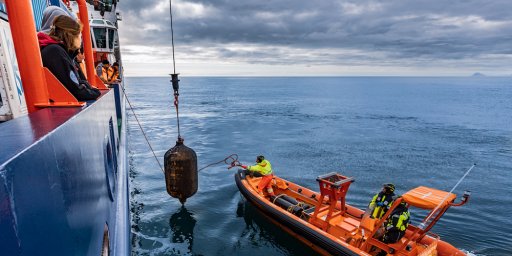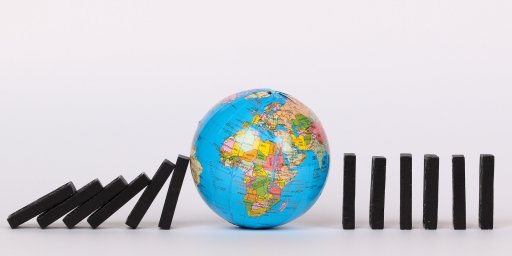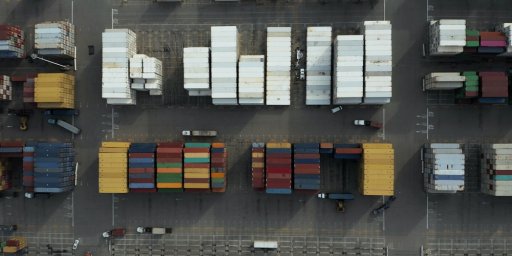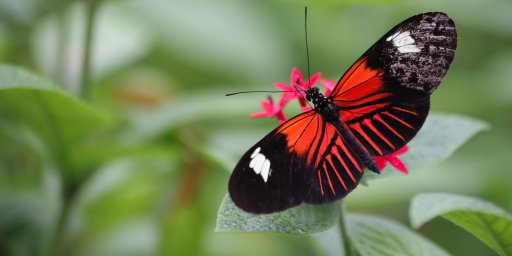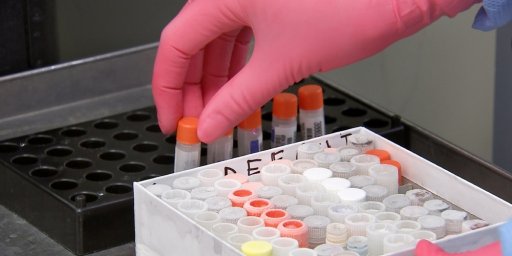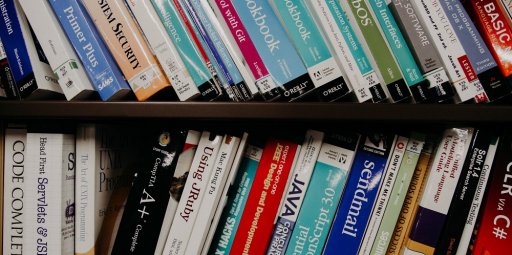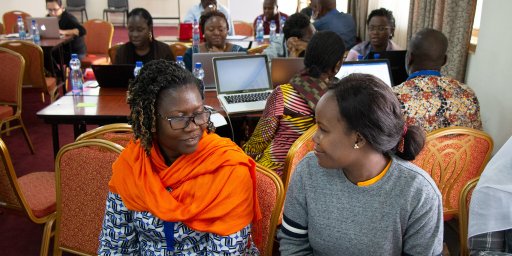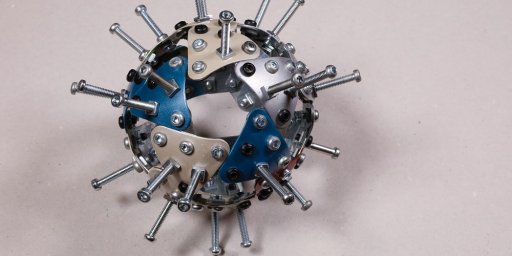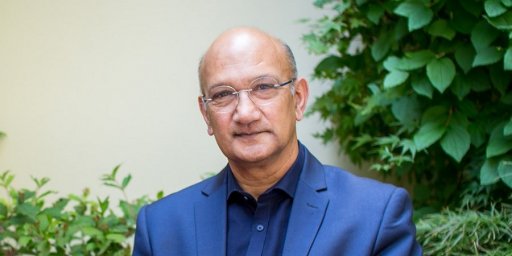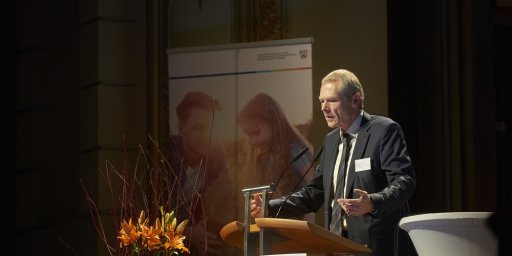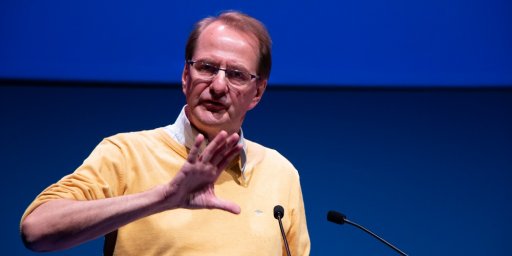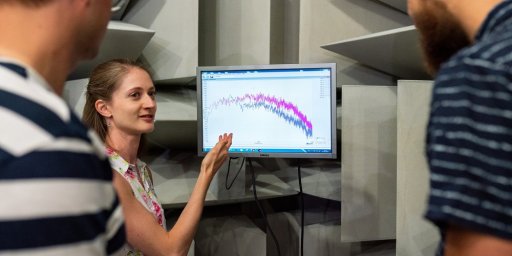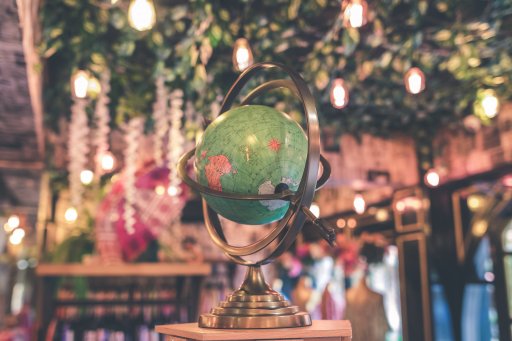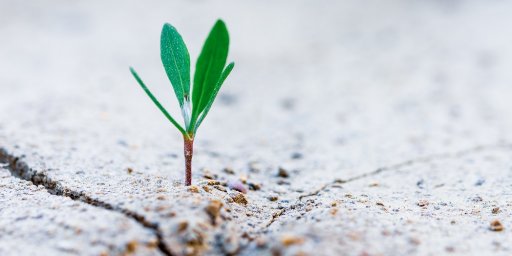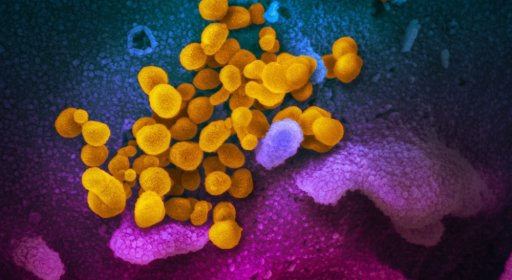To commemorate 2020 as the International Year of Sound, we thought it might be nice to finish the week with the sounds of science. The ISC spoke with Markus J. Buehler who has converted the proteins from the SARS-CoV-2 virus into music.
What is the process of creating a sound for the SARS-CoV-2 virus?
Proteins are the basic building block of life, including viruses. They are made from 20 amino acids, each encoded by DNA sequences. So, proteins are a materialization of the DNA language. And proteins reflect a natural language that we do not yet know how to speak.
However, we can hear this language by calculating the vibrational frequencies of the molecules making up the proteins. Each vibrates, due to temperature, at a unique spectrum, and as a well-defined sound (see our 2019 ACS Nano paper). We can use these basic tones, forming a novel type of musical scale, the amino acid scale, to define sequences in sound. Rhythms are used to express local structures, and higher-order elements like the folding are expressed in more complex hierarchical features of the musical composition – such as overlapping melodies, strummed chords, and others. The music can be seen as a translation of the protein structure’s various vibrational patterns into an audio signal you can hear and exploit for further analysis.
In fact, the COVID-19 virus spoke protein contains three protein chains folded into an intriguing pattern. These structures are too small for the eye to see, but they can be heard! We represented the physical protein structure, with its entangled chains, as interwoven melodies that form a multi-layered composition. Hence, the resulting piece is a form of counterpoint music, in which notes are played against notes. Like a symphony, the musical patterns reflect the protein’s intersecting geometry realized by materializing its DNA code.
Does the score you’ve produced impact on how scientists may find a solution to developing a vaccine?
In the longer term, yes. Translating proteins into sound gives scientists another tool to understand and design proteins. Even a small mutation can limit or enhance the pathogenic power of SARS-CoV-2. Through sonification, we can also compare the biochemical processes of its spike protein with previous coronaviruses, like SARS or MERS.
In the music we created, we analyzed the vibrational structure of the spike protein that infects the host. Understanding these vibrational patterns is critical for drug design and much more. Vibrations may change as temperatures warm, for example, and they may also tell us why the SARS-CoV-2 spike gravitates toward human cells more than other viruses. We’re exploring these questions in current, ongoing research with my graduate students. We might also use a compositional approach to design drugs to attack the virus. We could search for a new protein that matches the melody and rhythm of an antibody capable of binding to the spike protein, interfering with its ability to infect.
It’s the International Year of Sound. What can sound teach us about finding solutions to the global challenges facing humanity?
Our brains are great at processing sound! In one sweep, our ears pick up all of its hierarchical features: pitch, timbre, volume, melody, rhythm, and chords. We would need a high-powered microscope to see the equivalent detail in an image, and we could never see it all at once. Sound is such an elegant way to access the information stored in a protein.
Typically, sound is made from vibrating a material, like a guitar string, and music is made by arranging sounds in hierarchical patterns. With AI we can combine these concepts, and use molecular vibrations and neural networks to construct new musical forms. We’ve been working on methods to turn protein structures into audible representations, and translate these representations into new materials.
We call the approach to exploit materials in non-conventional ways to form the basis for sound and music “materiomusic” – pushing the boundaries of most musical generation beyond vibrating strings. And beyond the completely synthetic sounds of synthesis methods. Rather, to use quantum chemistry and real physical principles as the basis for forming the canvas of musical composition.
The design of new materials is an essential challenge in developing sustainable technologies – think of lighter, more robust, more resilient materials. Or smart materials that act as sensors. We can also create awareness to the opposing poles of beauty, life and death, and understand the concept of deceit as it is at the core of the nature of the virus’ pattern of infection and spreading. And we can hopefully teach many people around the world about proteins – they are the material basis for all life and worth understanding!
You can also think of music as an algorithmic reflection of structure. Bach’s Goldberg Variations, for example, are a brilliant realization of counterpoint, a principle we’ve also found in proteins. We can now hear this concept as nature composed it, and compare it to ideas in our imagination, or use AI to speak the language of protein design and let it imagine new structures. We believe that the analysis of sound and music can help us understand the material world better. Artistic expression is, after all, just a model of the world within us and around us.
So, there is a lot to learn ranging from human health, to biology, to addressing grand challenges.
2020 is the International Year of Sound, a global initiative to highlight the importance of sound and related sciences and technologies for all in society. The International Year of Sound will consist of coordinated activities on regional, national and international levels. These activities will aim to stimulate the understanding throughout the world of the important role that sound plays in all aspects of our society. As well, these activities will also encourage an understanding of the need for the control of noise in nature, in the built environment, and in the workplace.
The ISC, along with the International Union of Applied Physics, IUPAP and the International Union of Theoretical and Applied Mathematics, IUTAM are proud to support the International Year of Sound.
Photo by James Owen on Unsplash
